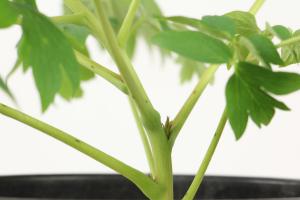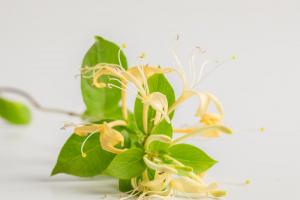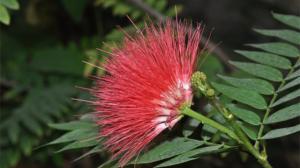Introduction
Fig trees are not only unique and beautiful, but they also produce delicious fruits. If you’re looking to grow fig trees in your backyard or garden, it’s important to know where you should plant them to ensure their healthy growth and maximum fruit production.
Location
Fig trees thrive in warm and sunny locations, so it’s important to choose a spot in your garden that gets at least six hours of sun per day. It’s also important to consider the soil type – fig trees prefer well-draining soil that’s rich in organic matter.
Climate
Fig trees are native to the Mediterranean region and require a warm, temperate climate to thrive. In general, they can tolerate temperatures ranging from 15 to 35 °C (59 to 95 °F), but temperatures below 15 °C (59 °F) can damage the tree and its fruits. Therefore, fig trees are not suitable for areas with harsh winters and are best suited for regions with mild winters and warm summers.
Spacing
Fig trees have a natural spreading habit, with roots spreading out to twice the width of the tree’s canopy. Therefore, it’s important to provide enough space for the tree to grow without interference from other plants or structures. A spacing of at least 10-15 feet (3-4.5 meters) between fig trees is recommended, depending on the variety.
Variety
When choosing a fig tree variety, it’s important to consider the climate and soil conditions in your area. Some varieties are more adapted to certain climates and soil types than others, so it’s important to research and choose a variety that’s suitable for your location. Examples of popular fig tree varieties include Brown Turkey, Conadria, Celeste, and Desert King.
Proper Care and Maintenance
Proper care and maintenance are essential for healthy fig tree growth and maximum fruit production. This includes regular watering, fertilization, pruning, and pest control. Fig trees require at least 1 inch (2.5 cm) of water per week, particularly during dry spells, and should be watered deeply at the base of the tree. Fertilization should be done during the spring, before the tree starts producing fruits, and pruning should be done during the winter to remove dead, damaged, or diseased wood. Finally, pest control measures should be taken to protect the tree from insect pests and diseases, which can weaken the tree and affect fruit production.
Conclusion
Fig trees are a great addition to any garden or backyard, providing unique beauty and delicious fruits. By choosing the right location, variety, and providing proper care and maintenance, you can ensure healthy fig tree growth and maximum fruit production.

 how many times do yo...
how many times do yo... how many planted tre...
how many planted tre... how many pine trees ...
how many pine trees ... how many pecan trees...
how many pecan trees... how many plants comp...
how many plants comp... how many plants can ...
how many plants can ... how many plants and ...
how many plants and ... how many pepper plan...
how many pepper plan...






























